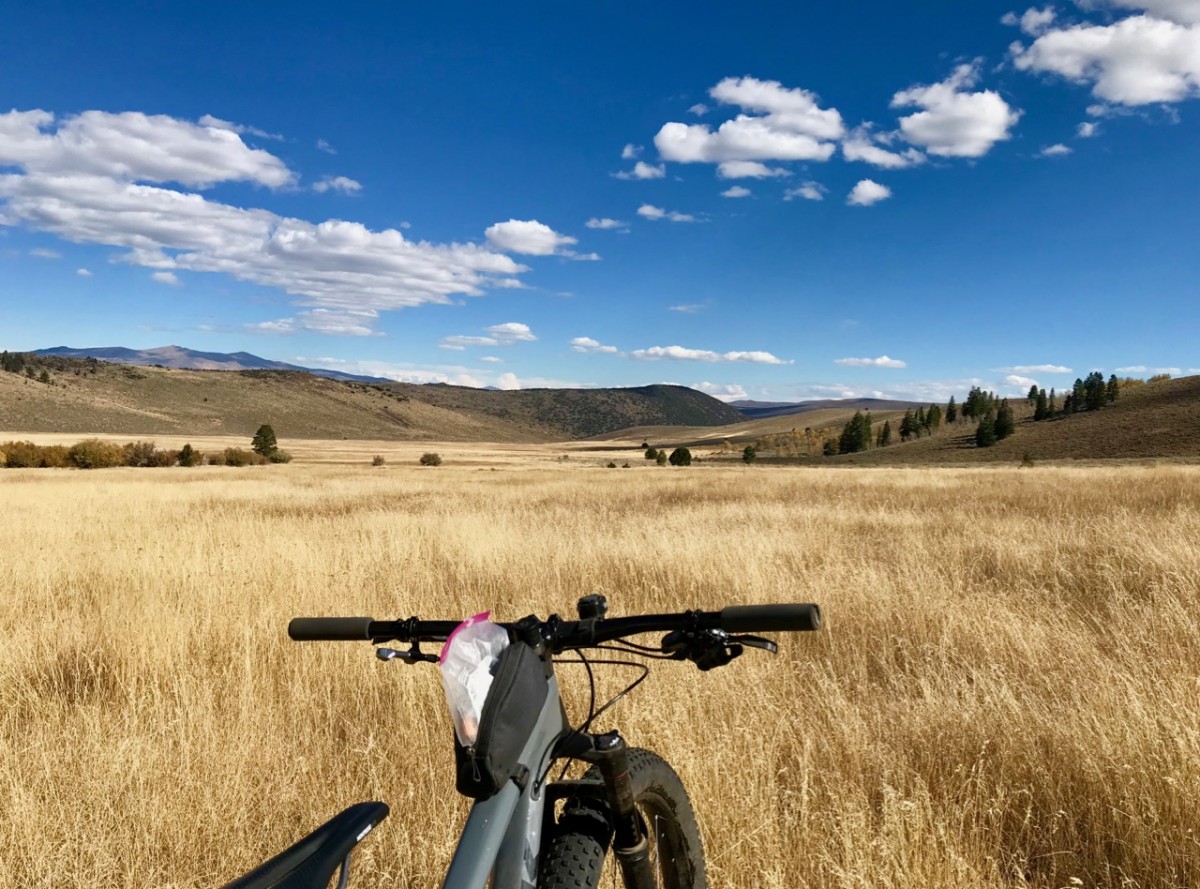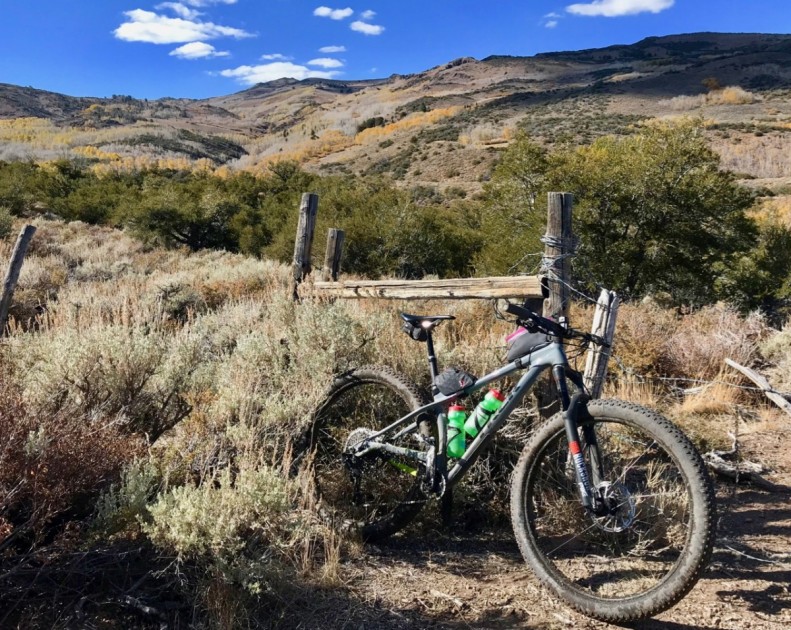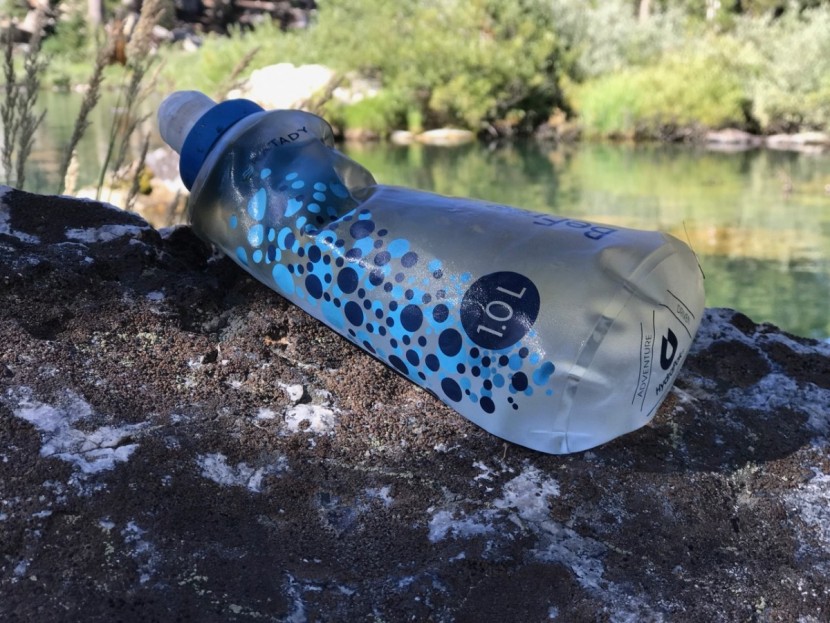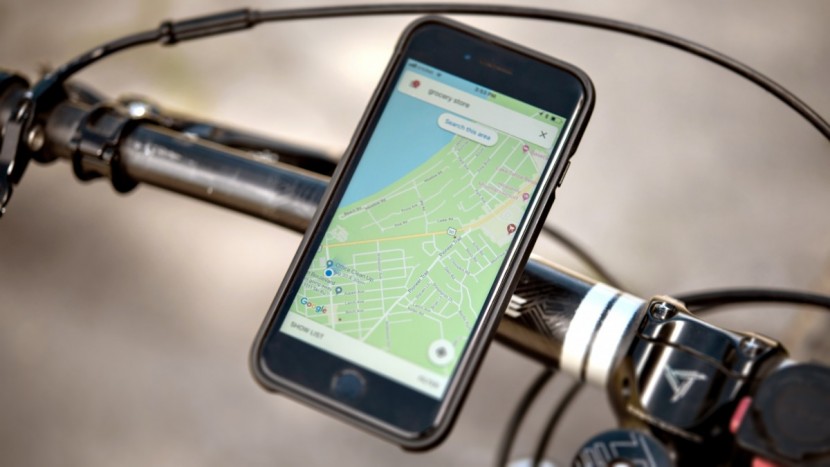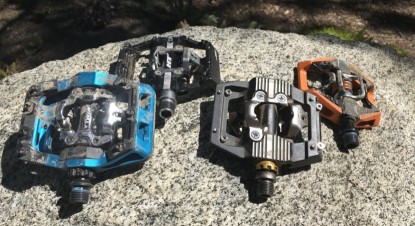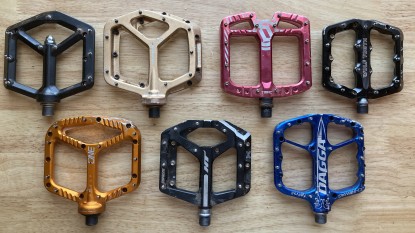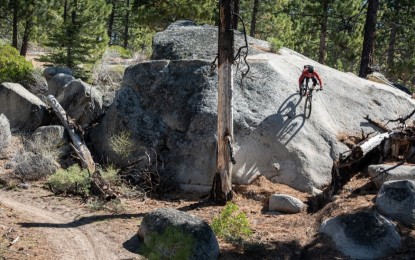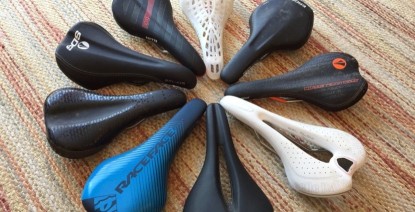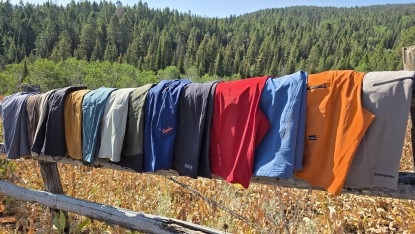How do you stay comfortable, move efficiently and prepare for the unknown on long bike rides? We gathered bike editors to develop the ultimate list and had our lead author test these tips on five 100+ miles rides. We then reached out to Kurt Gensheimer, a prolific bike journalist and single-speed guru. Kurt has ridden dozens of 100-500 mile rides, including CommUtah and Knobby Tired Nomads. Below we list our tricks for moving fast, light, and comfy on bikepacking trips and day rides where you spend 6+ hours in the saddle.
1. Carry Weight on the Bike
Putting as much weight on the bike keeps the center of gravity low and eases the strain on your butt and back. According to Kurt, “Put all the heavy stuff on the bike. It takes the edge off long days in the saddle and makes it easier on the body.” While larger bikepacking bags are often necessary for multi-day trips, you can get a lot of weight into smaller bags. For example, we fit all the bike repair equipment under the seat and use two smaller top tube bags, as you can see below. Most importantly, carry as much water on the frame as possible. For long sections between water, you might also want to carry water on the fork.
There is one big caveat here: if you are pushing your bike a lot, you will want a flexible option to take some weight off the bike. This is where pockets in a cycling jersey, light hydration pack, or top-rated sling bag or fanny pack can help distribute the load to meet your terrain.
2. Start Early
You'll not only avoid crowds, but you'll also avoid the hottest part of the day. You will appreciate having to pass far fewer hikers and cars. Cars and hikers will appreciate that, too. In the bulk of the riding season, it's often light by 5 or 6 am. Don't wait till 9 am to get going.
3. Choose a pace that has your rarely stopping
Don't stop. It's much faster and more comfortable to have a slower pace and rarely stop than red-lining and needing big recovery periods. It's about maximizing “time in the saddle” or “time on the bike.” A good rule is to keep your heart rate under 140 BPM. Use a top tube bag, so you never have to stop to eat. A top tube bag also holds an extra battery for recharging your phone.
4. Bring Real Food
While most people can comfortably ride a few hours on a bar or two, to ride eight-plus hours a day requires a different approach. Carry at least 200 calories per hour of riding and eat every hour. It can save time and hassle to remove some bars from the wrappers. If you bring gel packs, carry a tiny zip lock bag to put the empties in as the spent packets often leak. You can also use an old bar wrapper. Bland food is much easier to pack. Kurt recommends “Tortillas, oatmeal, tuna fish. If the packages are flat, they can be easily sorted like a file folder.” Too many gels and energy foods will lead most riders to an upset stomach on rides longer than four hours. Eat real foods, so you don't get “gut rot.”
5. Keep Your Bum Happy
Mega rides can lead to new butt discomfort and horrific saddle sores. Or they can be relatively pain-free. The key is to find a chamois you love and experiment with how much chamois cream to use if any. Follow this ritual to avoid saddle sores:
- Get out of chamois ASAP after a ride
- Clean your bottom with baby wipes or shower. Get rid of the sweat and grime.
- Next, put a nice lather of A&D ointment (used for baby rashes) overnight, and you will wake up refreshed and ready to ride!
In addition, finding the best bike saddle for your butt is essential. Make sure it fits (any good bike shop should be able to size you).
6. Triple Check Your Gear List
If you're riding 10,20, or 30 miles from the nearest road, it's important to be self-sufficient if you get mechanical. Double-check that you have all your tools and maintenance items (see checklist below). If you're running tubeless, make sure you have plenty of sealants. Sealant slowly leaves a tire, and many forget to reapply it often enough. One item people often overlook is a small set of pliers like those found on the top multi-tools. If you loosen a valve core, the plier tool could mean the difference between a two-minute stop or a multi-hour-long walk out.
7. Dial in Your Navigation Before You Ride
The more you get lost, the more time you spend in the saddle. Getting lost also takes a toll on your mental comfort.
Double-check your maps and load your route in your bike computer or route-finding app. Practice following the GPS track. If you have the process dialed, you'll spend just a few minutes each hour navigating. If you are still working out the kinks, you'll spend hours getting lost and stopping to see if you're still on track. For example, you may want to change gloves to ones that are easier to take on and off while riding or go fingerless.
"Getting lost means more time in the saddle…"
Conclusion
We hope these tips make your rides comfier to the point you get out on the bike more. We have found that the more dialed in our riding technique is, the more fun we have and the more time we spend outdoors. Get on out there!

